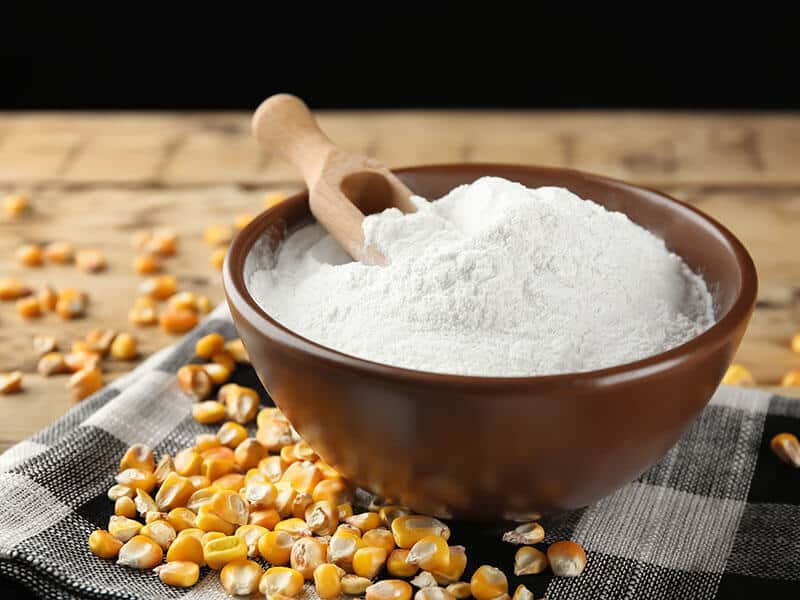



The diverse uses of starch make it a very versatile product. Corn Starch is a typical cereal starch with distinctly low protein and ash contents. Its carbohydrate content of high purity makes it useful in several industries. Some of these industries include: the textile, paper, food, and pharmaceutical industries.
Starch occurs in nature in many ways. Corn contains about 71% of starch, which can be separated from other ingredients by various processes such as corn wet milling: steeping, grinding, purifying and drying. The physio-chemical and functional properties of starch exhibit a wide variation with slight change in the production parameters.
One of the important properties is the viscosity of starch thus making it possible to have diverse uses. For example: starch can be used to improve the quality of paper for writing and printing; provide strength to ice cream cones; provide weight and stiffness and cloth; as well as a binder and filler for tablets and capsules
To be more specific, Corn starch exhibits all the properties of native starch with some special features such as non-foaming and non-thinning characteristics of boiling solution. Hence Corn starch has a marginal effect on the efficiency in weaving and paper industry. Where high viscosity starch is used, it imparts higher tensile strength to the fiber and thus improves the sizing.
Combined with resins, starch produces a permanent finish. Good binding capacity results in its use as a good filler and binder in tablets. It is also a vital additive for most of the adhesives due to these properties. In slurry, it provides body to food products. It also helps in retaining the viscosity of foods. Besides this, it is excellent filler in cosmetics by virtue of its smoothness in dry form. It also participates in Maillard’s reaction in presence of proteins and thus gives the brown color in bakery products.